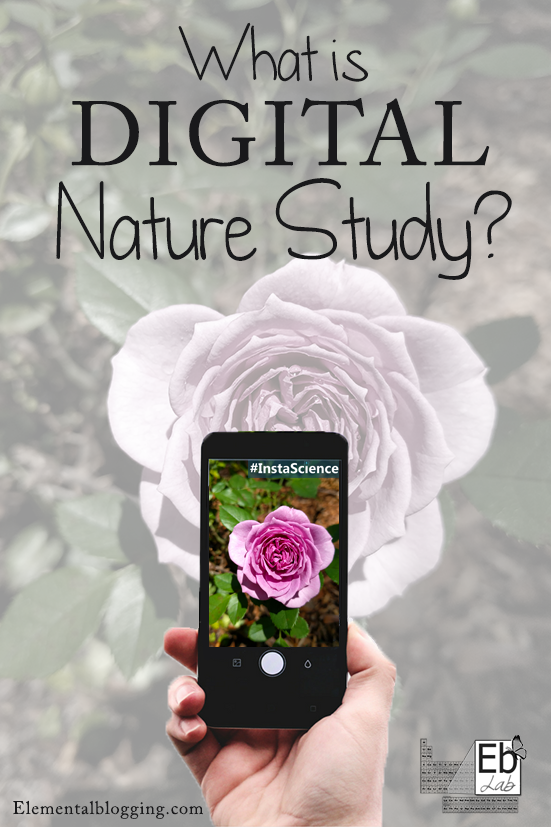 OK Google, meet Ms. Charlotte Mason’s ideas on learning science through nature.
OK Google, meet Ms. Charlotte Mason’s ideas on learning science through nature.
Then, let’s modernize them for today’s world.
And now we have . . . {cue drumroll} . . . digital nature study.
Seriously, we live in an age where information is available at the touch of a button. We literally carry mini-computers in our pockets!
Our fingertips can find out in seconds what used to take hours to research. And we can take advantage of these digital resources when it comes to nature study.
What is digital nature study?
Digital nature study is not some mythical beast to be avoided at all costs. Instead, it’s a modern way to weave the resources we have into our science studies.
That said, here is my formal definition:
Digital nature study is simply partnering good old-fashioned nature study with today’s modern technology.
In other words, it is learning about our natural world with the assistance of the digital tools we have at our disposal.
Sounds useful, doesn’t it?
Let’s dig a bit further into how we actually use technology to help us learn about nature.
What does digital nature study look like?
Digital nature study looks a lot like the old-fashioned nature study. You are still:
- Heading outside for to learn about nature.
- Observing plants and animals in their environment.
- Documenting what you have learned in a nature journal.
You are NOT lugging around thick, heavy guides!
Instead, you are carrying a pocket-sized digital version that contains far more information than you could possibly carry.
So, how does digital nature study work for us?
- When we run across something we have never seen before that we want to learn more about, we’ll search to learn more.
- I’ll type in a basic description – for example, when we ran across a new-to-us wildflower, I search for “small purple wildflower in Florida.”
- Then, I hit the “images” tab and scroll through until I see the same thing that we are seeing. And then, I click on the right picture to learn more.
- And just like that, we are able to identify the wildflower as the Helmet Skullcap.
It might take a few times to get the right image. Plus, I’ll typically type what I think it is into the search bar to verify that those results are similar to what we are seeing, but it is really that easy!
We also use technology to:
- Listen to bird calls
- Watch videos about topics
- Learn what subjects we should look for in a given area before we head out
As you can see, technology just serves to enhance our studies of nature.
So go ahead, pack that smartphone or tablet in your nature backpack. Let Google and Charlotte Mason hang around together this week as you head out for a bit of digital nature study!
Want to learn more about studying science in nature? Check out all our nature study posts!
And don’t miss these 12 apps we use for teaching science!
 Sign up below to receive weekly tips & tools for homeschool science and we'll send you a FREE copy of
Sign up below to receive weekly tips & tools for homeschool science and we'll send you a FREE copy of